Age 100 years Spouse Prabhavati | Height 9 cubits (13.5 feet) Color Blue | |
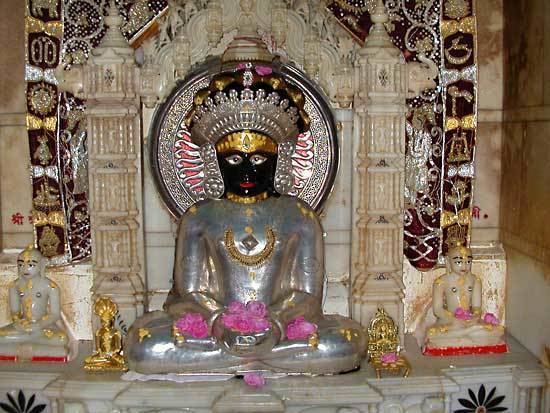 | ||
Parents Queen Vamadevi, King Asvasena Similar | ||
Parshvanatha stotra animated
Parshvanatha (Pārśvanātha), also known as Parshva (Pārśva), was the twenty-third Tirthankara of Jainism. He is the earliest Jain leader (c. 872 – c. 772 BCE) for whom there is reasonable evidence of having been a historical figure.
Contents
- Parshvanatha stotra animated
- Parshvanatha jain temple part 1
- Historicity
- Biography
- Previous Births
- Teachings
- In literature
- Iconography
- Colossal statues
- Temples
- References
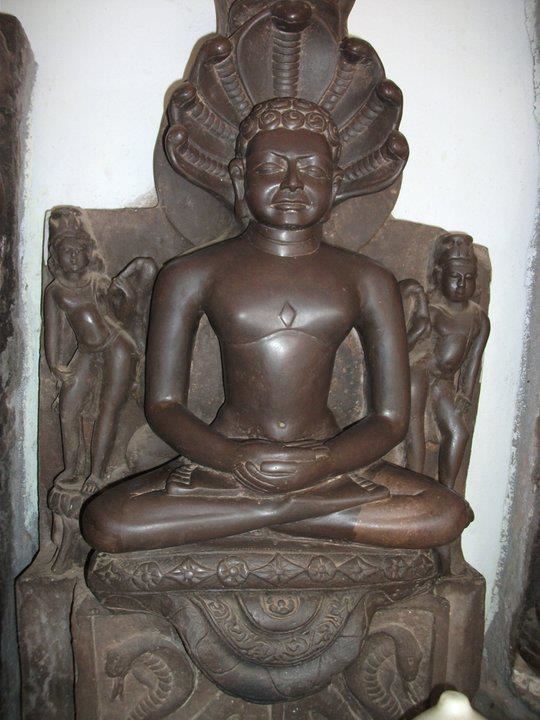
Parshvanatha jain temple part 1
Historicity
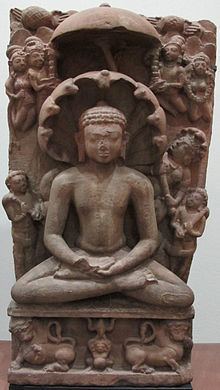
Circumstantial evidence including a description of the teachings of Parshvanatha in the Sayings of the Seers, dictates that Parshvanatha can be viewed as a historical figure.
Biography
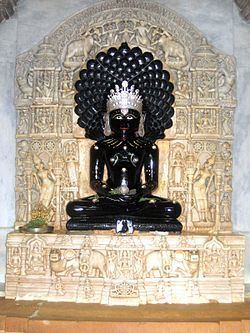
Parshvanatha was born on the tenth day of the dark half of the month of Paush to King Asvasena and Queen Vamadevi of Benaras (now Varanasi). He belonged to the Ikshvaku dynasty. He assumed and began to practice the twelve basic vows of the adult Jain householder when he reached the age of eight.
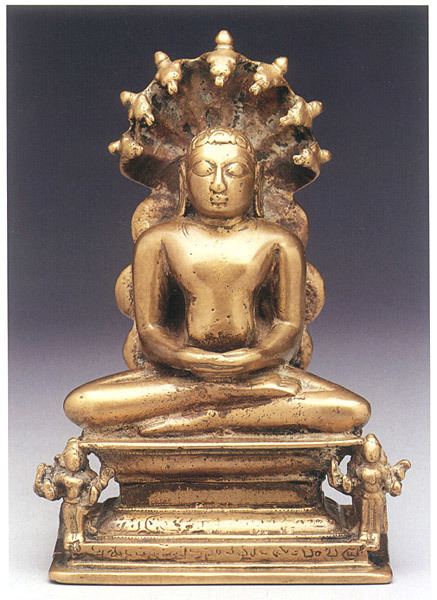
Parshvanatha lived as formal prince of Varanasi and at the age of thirty, he renounced the world to become a monk. He meditated for eighty-four days before attaining Kevala Jnana. He achieved moksha at the age of one hundred atop Shikharji, which is known today as the Parasnath Hills after him. Parshvanatha was called purisādāṇīya (beloved of men), a name which shows that he must have been a genial personality. He remains beloved among Jains.
Previous Births
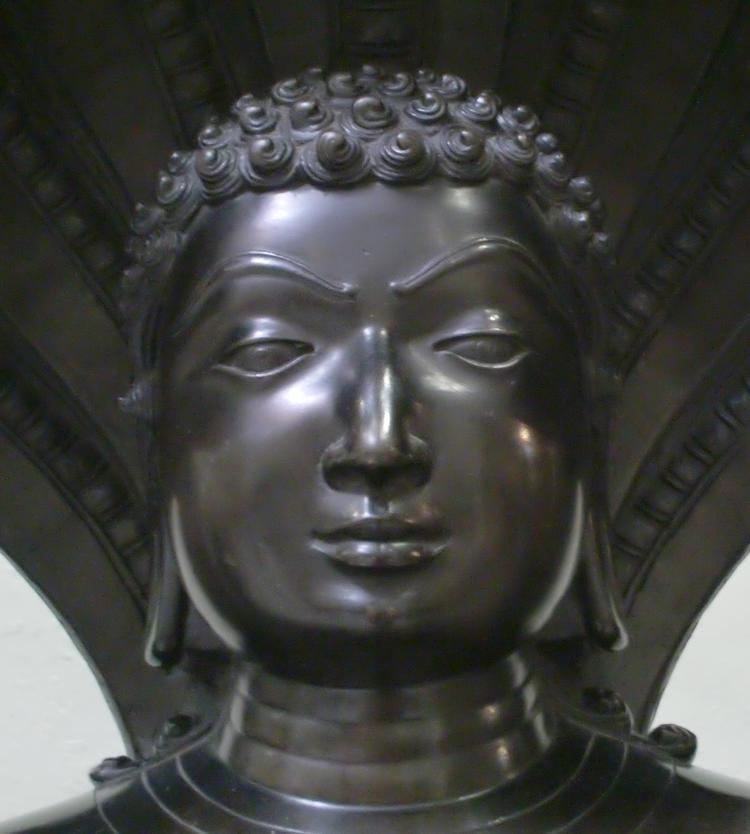
Teachings
According to the Kalpa Sūtra, Parshvanatha had 164,000 śrāvakas (male lay followers) and 327,000 śrāvikās (female lay followers) and 16,000 sādhus (monks) and 38,000 sādhvīs (nuns). He had eight ganadharas (chief monks): Śubhadatta, Āryaghoṣa, Vasiṣṭha, Brahmacāri, Soma, Śrīdhara, Vīrabhadra and Yaśas. After his death, the ganadhara Śubhadatta became the head of the monastic order. He was then succeeded by Haridatta, Āryasamudra and Keśī.
Śvētāmbara texts explain that a sage named, Keśī was born about 166 to 250 years after the death of Parshvanatha met the Indrabhuti Gautama, the chief disciple of Mahavira and asked him twelve questions. One of the question as mentioned in Śvētāmbara text was "The Law taught by the great sage Parsva, recognises but four vows, whilst that of Vardhamana enjoins five". Therefore, according to Śvētāmbara texts, Parshvanatha taught four vows instead of the presently famous five vows (mahavratas). This view is however not accepted by the Digambaras. On this, Champat Rai Jain in his essay titled "The Origin of The Swetambara Sect" wrote:
The first question Kesi put to Gautam was why did Mahavira insist upon the observance of five vows when Parashvanath did not mention five but only four, excluding celibacy? But the question would have had a point if it could be shown that salvation could be obtained without the observance of celibacy. So far as I understand Swetambara books themselves insist upon an observance of this vow, and it is not possible that two omniscient teachers, i. e., Parashvanath and Mahavira could teach different things.
In literature
Iconography
Parshvanath is the most popular tirthankar of Jain devotion. He is closely associated with compassion, although he is free from the world of rebirth like all Tirthankaras and therefore unable to aid his devotees personally. Parshvantha is usually depicted in Lotus position or Kayotsarga posture. Statues of Parshvanath have snake crown on head and The snake emblem of Parshvanath is usually carved below the legs of the Tirthankara. Paintings of Parshvanatha usually depict as him protected by Dharnendra and Padmavati
